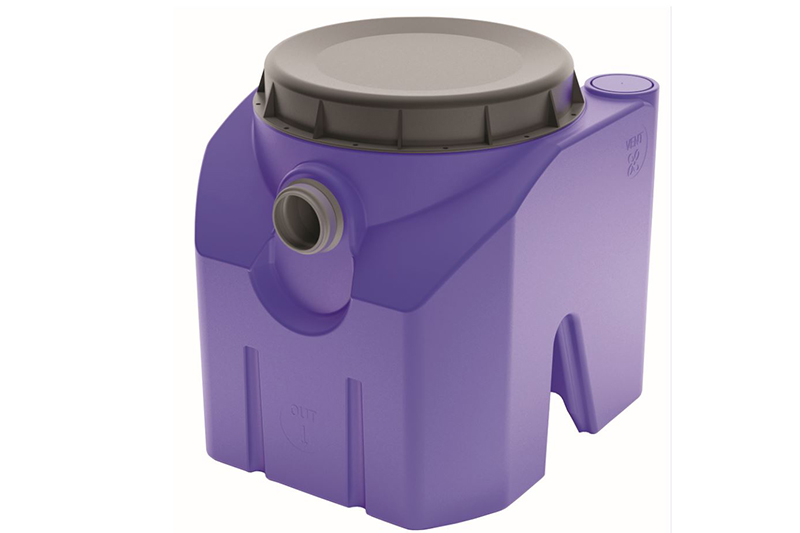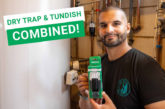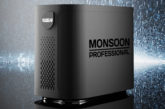
Saniflo has launched three new grease traps – SanigreaseT24, SanigreaseT and SanigreaseS – for the hospitality sector, hospitals and other professional kitchens to help minimise the issue of fatbergs in the nation’s sewers caused by fats, oils and grease (FOG) waste.
SanigreaseT24 is designed for mobile use. This small, lightweight (4kg) unit can be installed under one sink and is ideal for food trucks.
SanigreaseT sits on raised feet and is designed for cafes and restaurants serving up to 100 meals per service and which have one to four sinks. SanigreaseT features drain valves for quick and easy maintenance.
SanigreaseS is easy to install, can fit through an internal door (773mm wide), is available with ventilation and drainage pipe and features an optional alarm. SanigreaseS is ideal for large, professional kitchens in hotels, hospitals, canteens and other mass catering venues that require larger grease traps with a sludge trap for recovering heavy materials.
Grease traps separate out FOG from water poured down the sink; catching it and collecting in in a separate tank whilst allowing the wastewater to discharge freely. Ideally a food filter will be plumbed between the sink and grease trap to stop any bits of food waste that haven’t been caught by a sink strainer – filtering them out before they reach the grease trap.
It is estimated that the UK spends some £200m a year cleaning out over half a million tons of FOG from sewers, yet apparently just 30% of the UK’s 400,000 commercial kitchens are served by some sort of FOG mitigation system. It’s perhaps not surprising that water companies are looking to advise and guide the hospitality sector on solutions that minimise the build-up of food by-products. And it’s not just for the benefit of the water companies either – blocked pipes can cause bad smells, poor water run-off and flooding.
One issue is the lack of infrastructure in eating establishments whilst another is Britain’s Victorian sewer network, which simply isn’t fit to cope with drains clogged up with solidified liquids from the sector which often includes waste such as wet wipes. The two often go hand in hand. Wet wipes are used to clean up fat and grease and then flushed away rather than binned.
As a result, water companies are called out to clear 10s of thousands of blockages each year often causing venues to temporarily close; losing revenue while the cause is investigated and appropriate action taken. Failure to dispose of FOG correctly can also ultimately lead to prosecution if any environmental laws have been breached.
The most obvious and effective way of reducing FOG-related problems is to prevent their discharge in the first place by installing a grease trap. Plumbers and installers have an opportunity to educate commercial catering customers on the benefits, as well as the regulations, whilst offering the solution. Given that many catering venues rely on lifting stations to discharge hot, soapy waste water it’s a relatively simple exercise to install or retro-fit a grease trap as an intermediary between the pump and the drain.
A common question is whether grease traps work effectively with dishwashers. They can, but the siting of the unit is then the key question. Hot temperatures generated by dishwashers can break down the waste water and the trap may fail to catch the FOG at the point of discharge; causing a blockage further down the pipe. However, placing the grease trap at a distance from the dishwasher will enable the water to cool sufficiently enabling the trap to capture FOG as the water solidifies. It is essential to look at the spec of each unit to work out the installation distances.
So, whilst grease traps are a legal requirement for businesses dealing with hot food, it is clear that many do not comply. This might be a lack of awareness of the law, the option and the installation process. Herein lies the opportunity for plumbers and installers.













